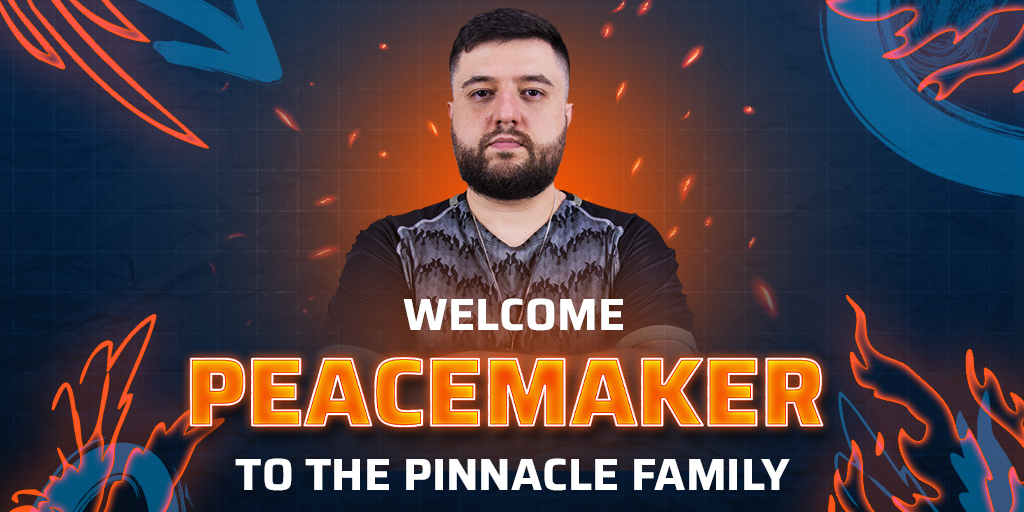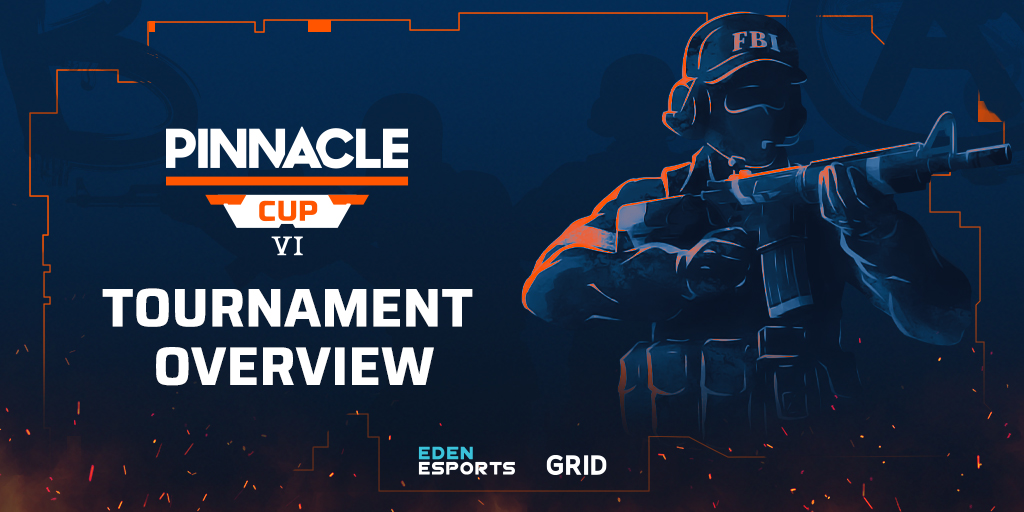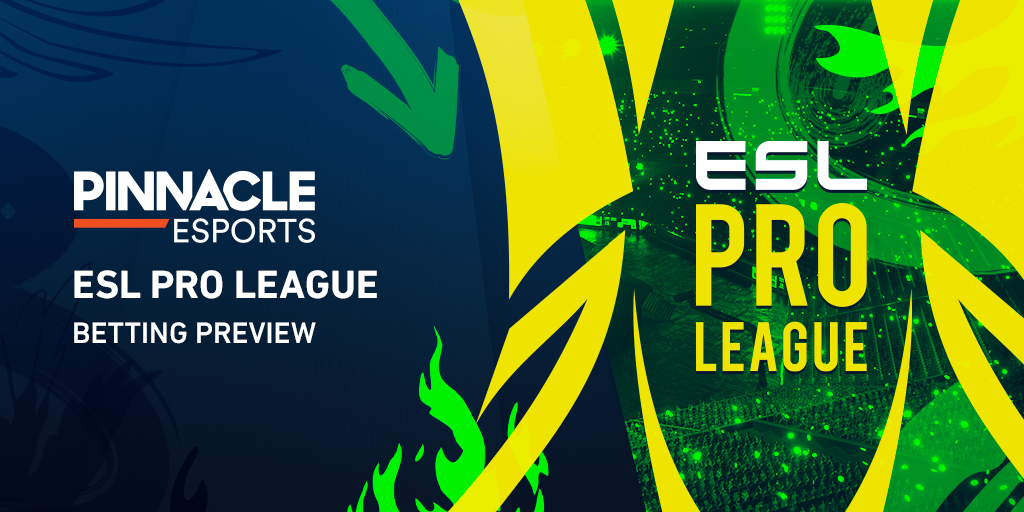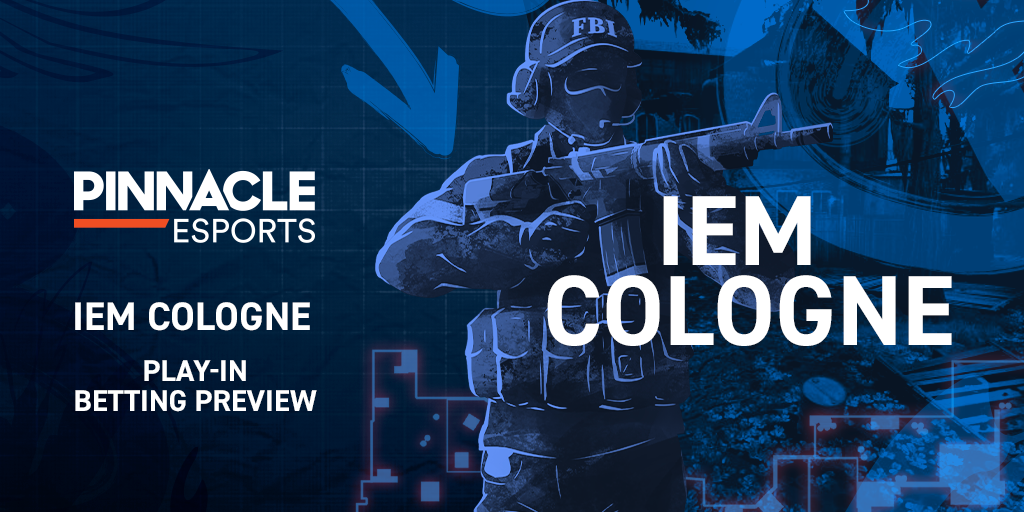BLAST released pre-sale tickets this week for the upcoming BLAST.tv Paris Major. The release of tickets means teams are on their way to the open and closed RMR qualifiers, but how are BLAST running these qualifier events and the all-important RMRs too?
The bulk of the qualifiers will take place in February. This gives qualified teams plenty of time to prepare to face their opponents in the RMRs, which begin on April 3, 2023. The 16 teams that reached the Legends Stage from the IEM Rio Major, separated in a 14-2 split for Europe and the Americas, automatically claim a spot in their respective RMR event and will not have to play in the open and closed qualifiers.
The announcement of the qualifiers events came with some backlash from the community, as it was originally meant to be only one open qualifier. This meant teams wouldn’t have any room to make mistakes; and if this had been in place last year, Astralis wouldn’t have even made the RMR, after their disappointing run in the open qualifiers for the IEM Rio Major.
BLAST have now changed this by giving Europe, North America, and South America an additional open qualifier event.
This isn’t the only change that will allow teams to skip stages of the qualification process. Valve will also be using their newly launched Regional Standings. A few factors are taken into account when evaluating and determining a team’s ranking in the Regional Standings, most notably the prize money a team has earned, the prize money their opponent has earned, the number of teams that the opponent has beaten, and their head-to-head results.
Valve is very keen on finding a model that accurately reflects where teams should be ranked and have released the code and data to allow those interested to give their own ideas on the model, or even come up with their own.
The Valve Regional Standings give teams that deserve to avoid open qualifiers the opportunity to do so. Whilst many of the teams in this list are previous participants of the Legends Stage and will go directly to the RMR, the next best four, eight or 16 (depending on your region), will automatically go to the closed qualifier. You can view the standings for each region here:
Each region has a different process for their RMRs. The main differences are that Europe will host two tournaments, the Americas is made up of both North American and South American teams, and the Asia RMR only has eight spots available. Asia only receives two slots at the Paris Major, which is due to no team from the region progressing further than the Challengers Stage at the IEM Rio Major. Having more representation at the RMR is great for the competitive nature of Asia, especially as they’ve continued to struggle against competition from the other two regions since the game’s release. This may come as a surprise to many who don’t follow CS:GO religiously, as titles like League of Legends and Dota 2 are heavily dominated by Asian talent.
It is unclear which teams will fall into each of the European RMRs; however, the list of teams already qualified for their respective RMR are as follows:

So why are the RMRs so important?
The RMRs have become established as one of the most important and challenging events of the year. Each RMR serves a very simple purpose – qualification for the Major. Deemed the biggest event in CS:GO, the Major (of which two happen a year) has the largest prize pool and the biggest crowds. These tournaments are staples of the Counter-Strike calendar and provide serious bragging rights for anyone that wins one.
The RMRs are so important because they are a team's only chance at gaining a ticket to a Major championship. For teams like Bad News Eagles and Sprout, it’s a huge opportunity to prove your team can compete with the big dogs. It will be interesting to see if any of the teams regarded as tier 2 will be able to leave their mark in Paris.







